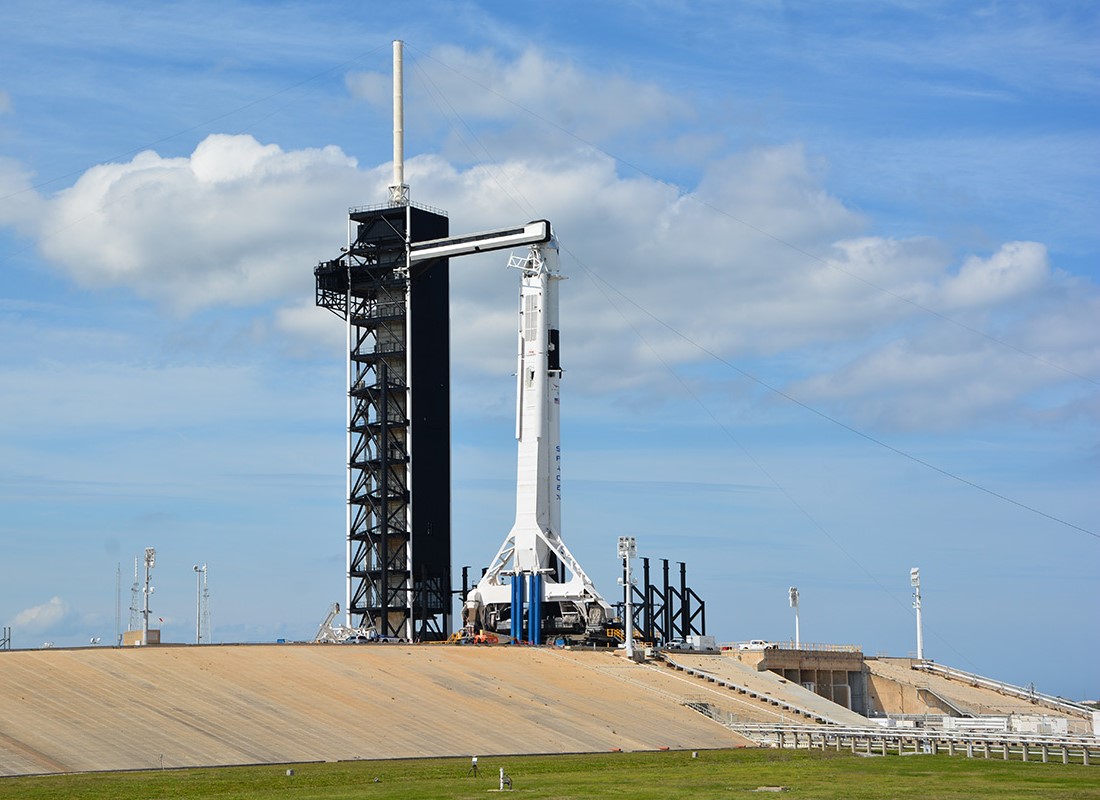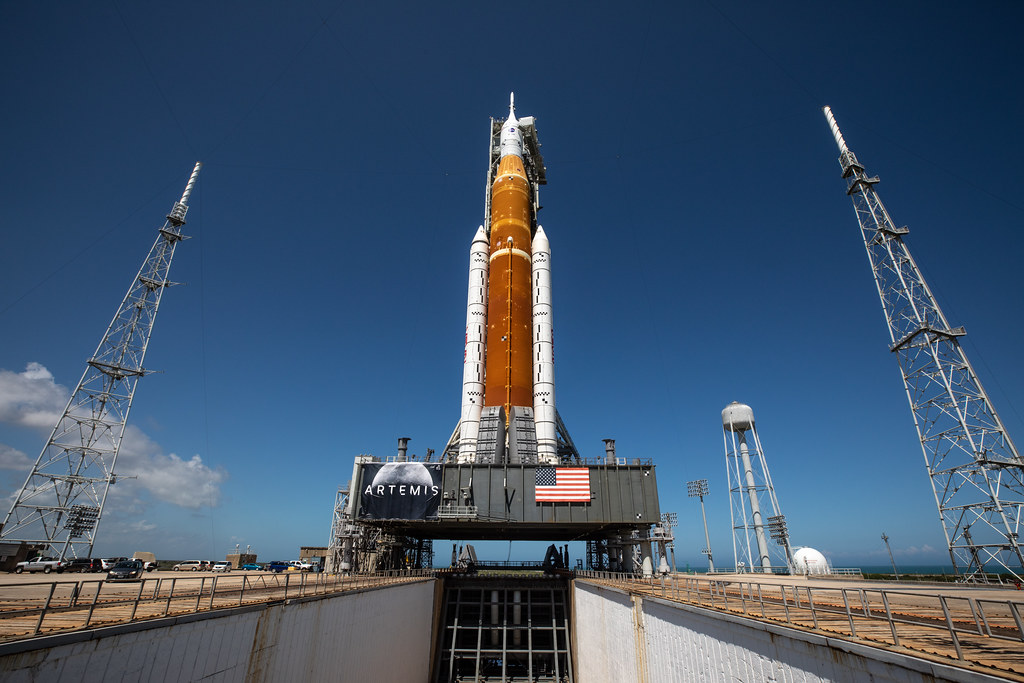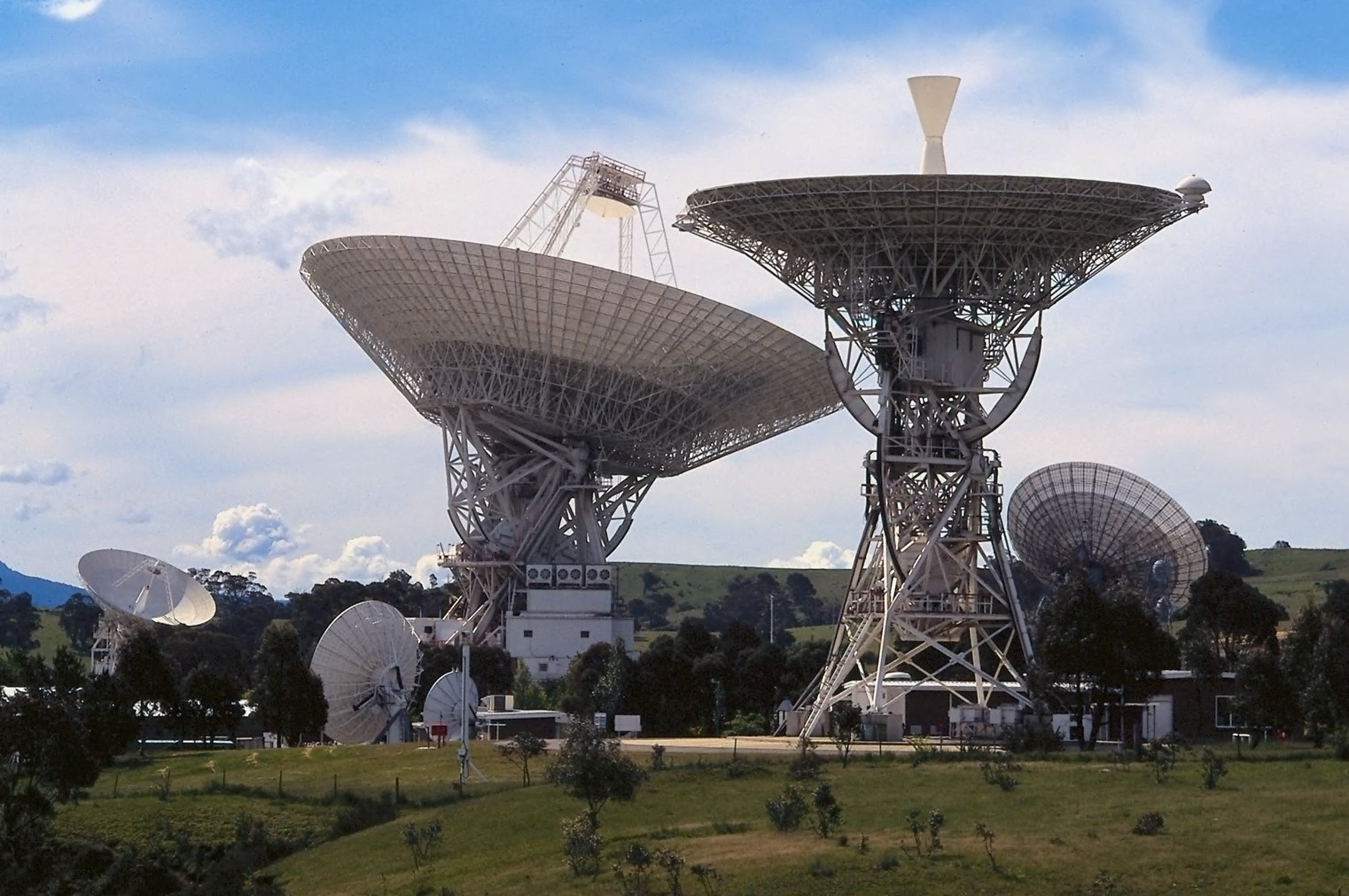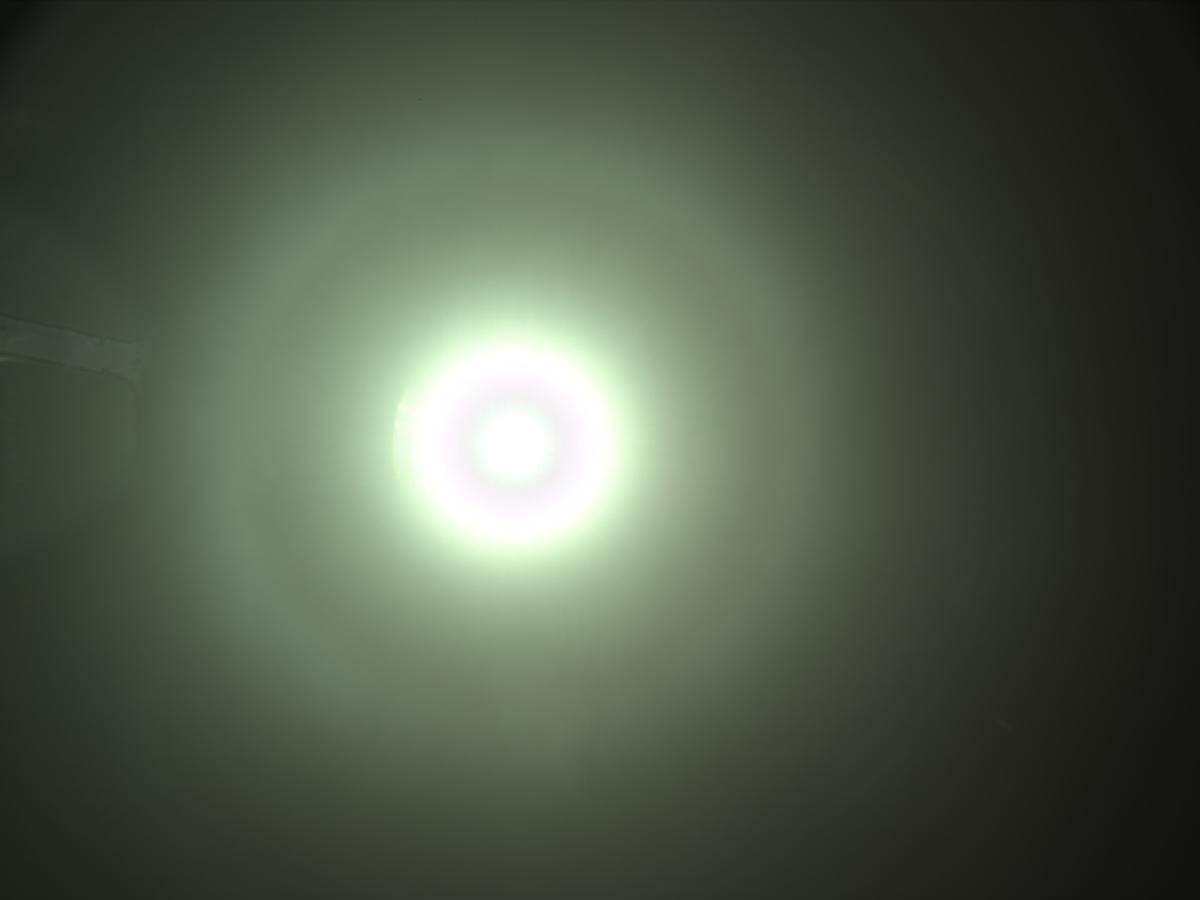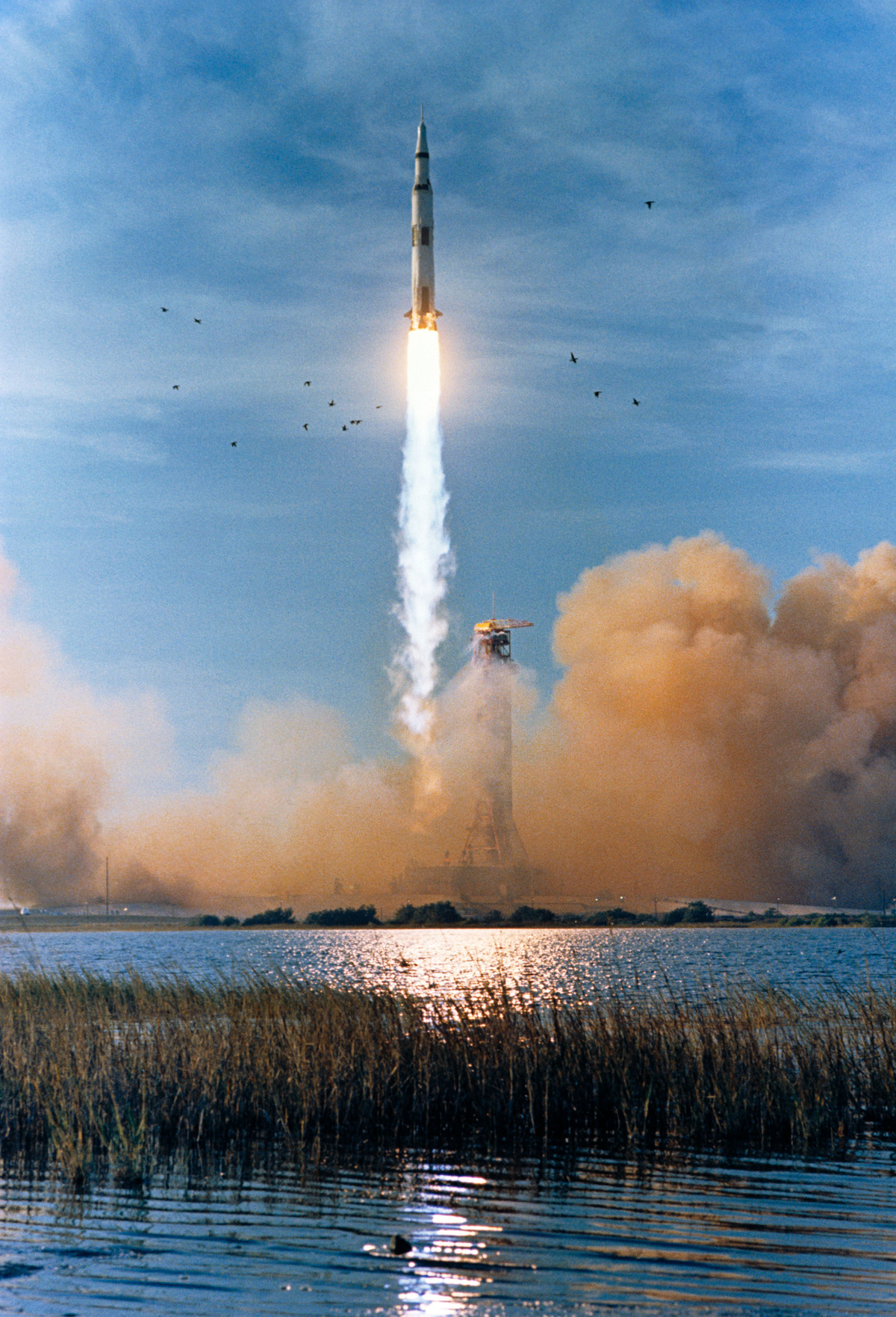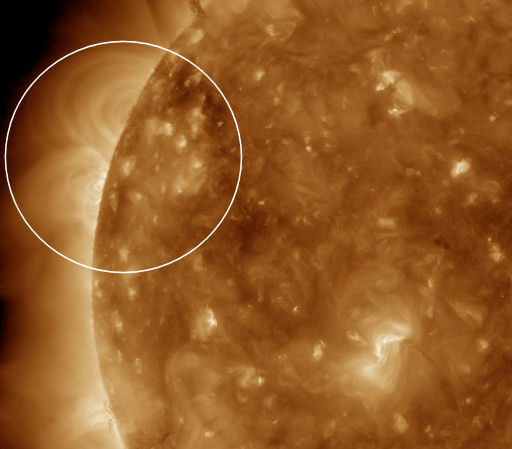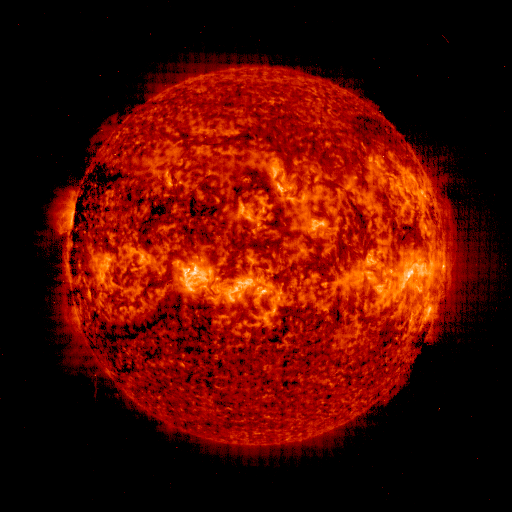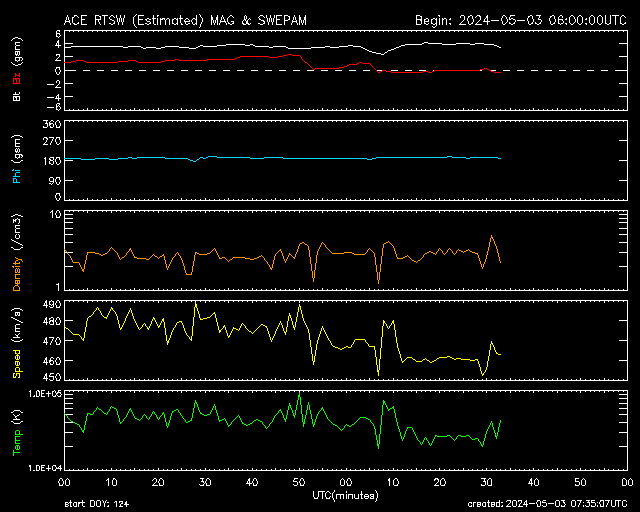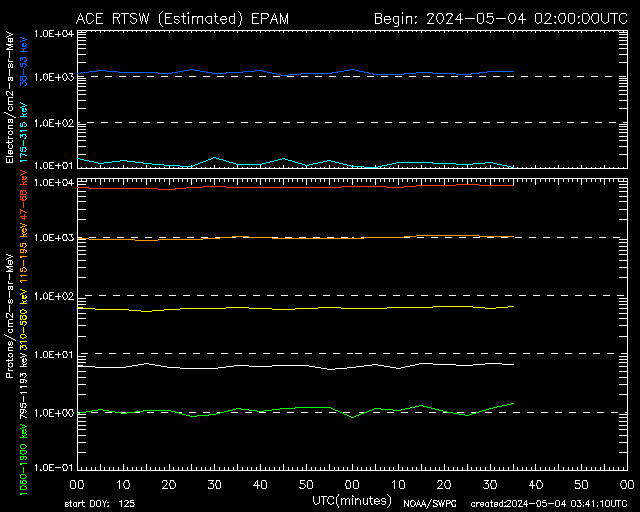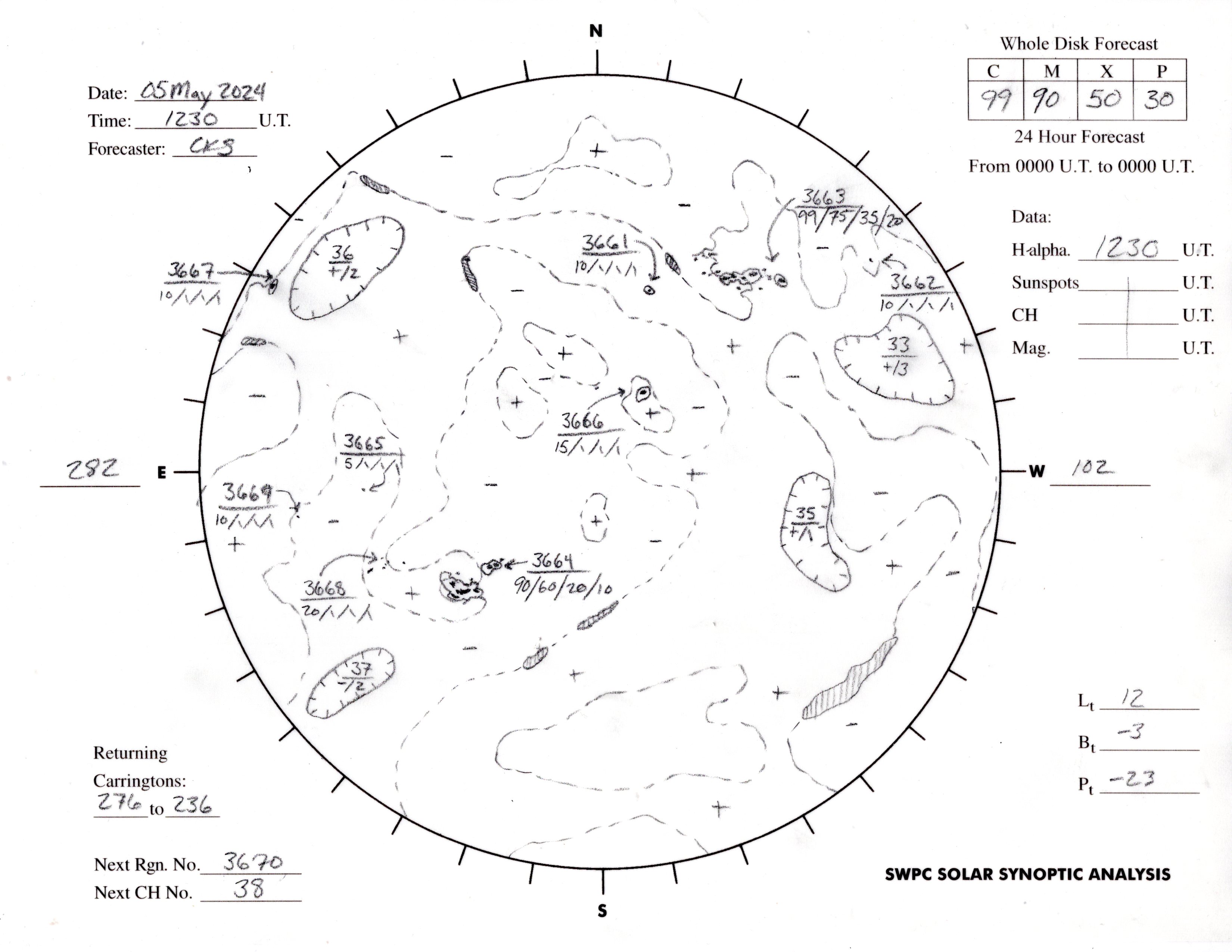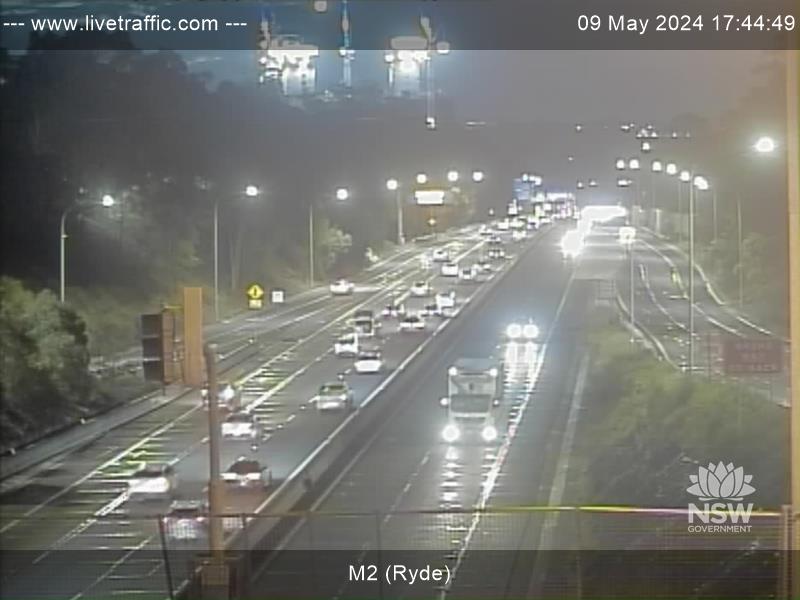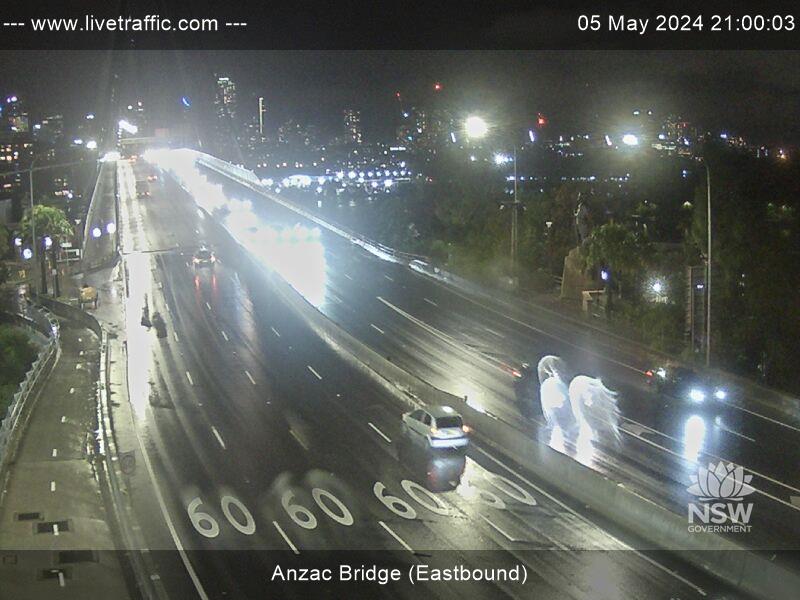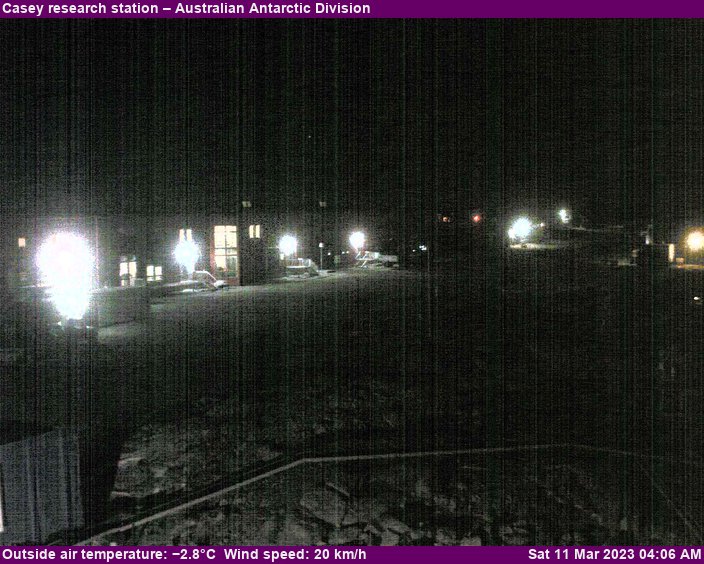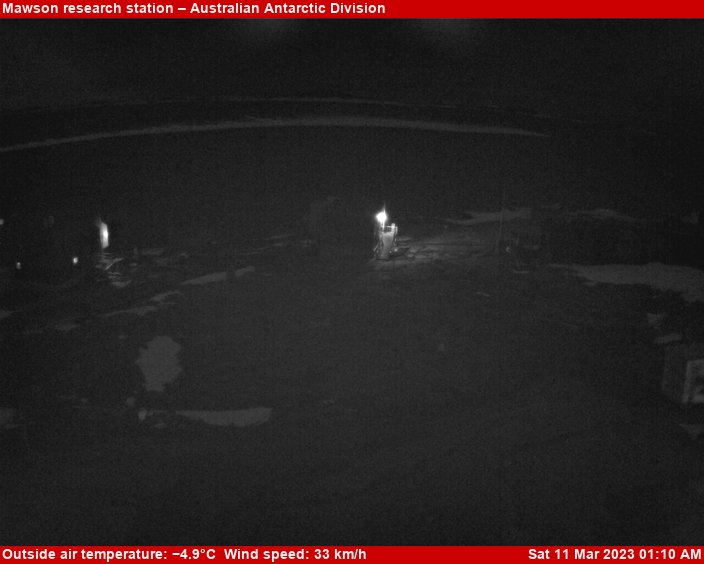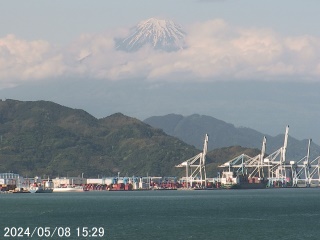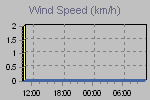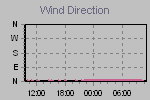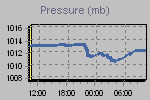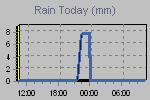Studying the atmosphere with Perseverance can be challenging! Imagine spotting an interesting cloud in a photo taken yesterday; unlike something interesting on the surface, more observations just aren’t possible, as it’s long gone by now. Or imagine trying to take a movie of a dust devil zooming across Jezero crater, when the rover’s daily activities are all planned out before the rover even wakes up. The fact that many atmospheric phenomena are short-lived and/or hard to predict, and often only occur during certain time periods, means that atmospheric scientists on the Mars 2020 team must use different strategies to observe them.
Firstly, the sensors that make up the primary atmospheric instrument (the Mars Environmental Dynamics Analyzer, MEDA) make meteorological and related observations continuously at least every other hour of every sol. This gives us a very good chance of capturing transient and hard-to-predict phenomena.
Secondly, for sensors that can’t measure as often - like the cameras and microphone - we take measurements over multiple sols at different times and (for imaging) directions, to build up statistics on when and where interesting phenomena occur.
Thirdly, when we expect to see something unusual based on the time of year or location, we increase the cadence of measurements to make sure we capture that event. In Perseverance’s first year on Mars we observed a scattering halo toward the end of Mars’s cloudy season. This bright ring around the Sun is caused by large hexagonal ice crystals that only form when lots of water vapor is present. Despite dozens of attempts to image another in the second Mars year, it wasn’t until our last attempt - right before the cloudy season ended - that we saw one (see figure)!
And finally, when a longer-lived rare event is underway, we react by adding in more measurements. There are currently lots of dust storms happening on Mars, and with some passing right over Jezero we’ve recently measured the largest dust opacities of the entire mission to date! So we’ve been taking additional observations to tell us about how the atmospheric state, dustiness, and local dust lifting have been changing due to this storm activity.
For many of these observations, we don’t know if we’ll even ‘catch’ the atmospheric phenomena we’re trying to study until we get the results back on Earth. But even knowing when, where, and under what conditions something doesn’t occur is very useful. And by persevering, we’ve been able to obtain fantastic observations of everything from clouds and halos to dust devils and the onset of dust storms.
Written by Claire Newman, Atmospheric Scientist at Aeolis Research
